Blog
Vital wastewater treatment technologies in the waste plastic processing industry
Technological machines for waste plastic processing may vary depending on the plastics processed (e.g. PET, PP, HDPE, LDPE etc.). Therefore, this article is not intended to cover the waste plastic processing machines per se, but rather the use of water in the process, wastewater production during recycling, and wastewater treatment technologies.
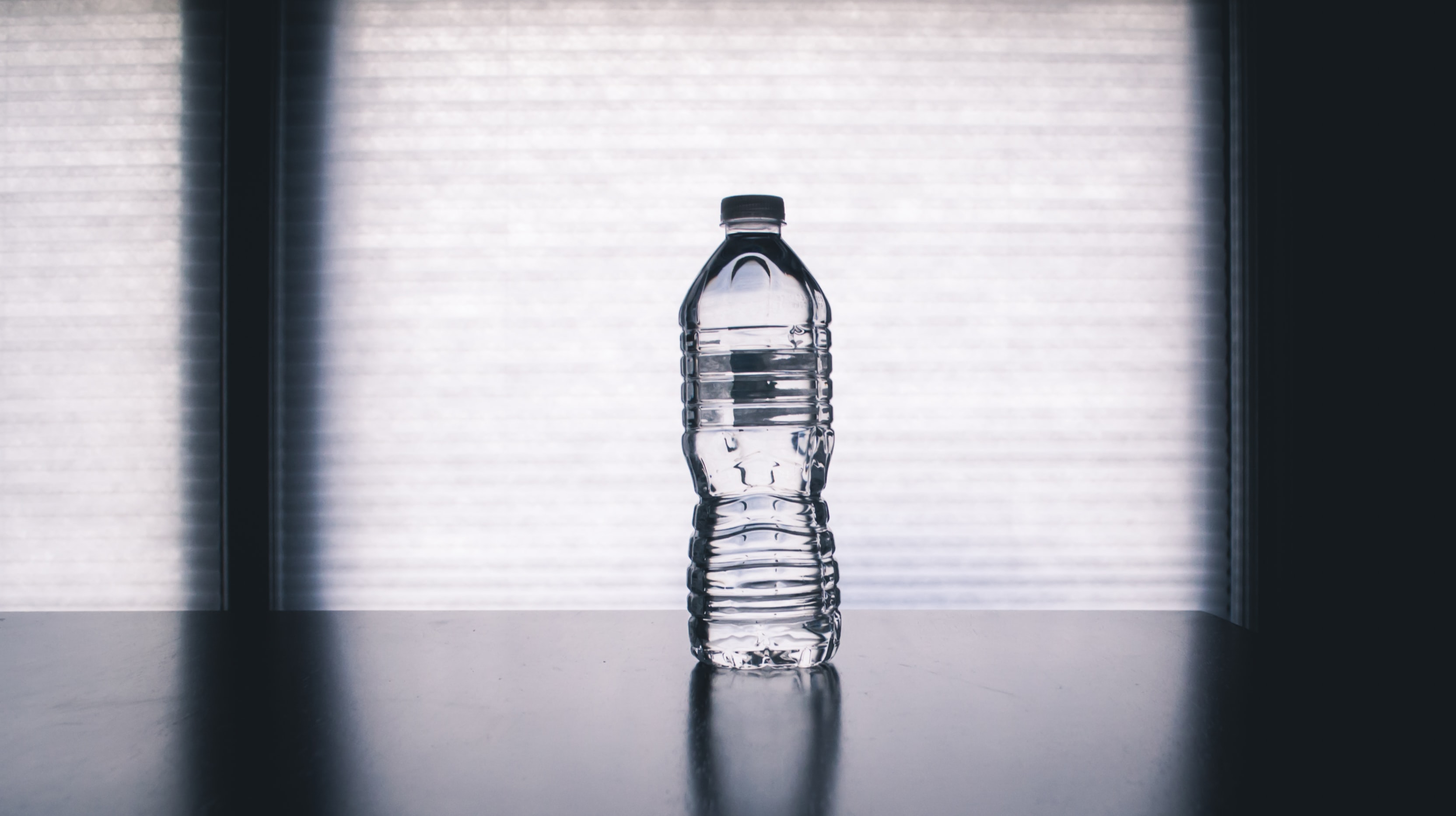
At first, it should be stressed that the type of the processed plastic has a significant impact on the composition of the produced wastewater. Crucial determinant is whether only plastic bottles for sweetened beverages (PET) or bottles for various detergents, softeners, shampoos etc. (HDPE) are processed on the same machine.
Water consumption during plastic recycling
To put the entire process in a nutshell, the wastewater is produced during the plastic material treatment. You can also use technological water with temperatures ranging from 10 to 15C. However, it will only wash off the dust, sand, or soluble components deposits.
The treatment performance can be enhanced by increasing the temperature, adding a detergent or sodium hydroxide solution which proved to be useful for such treatment.
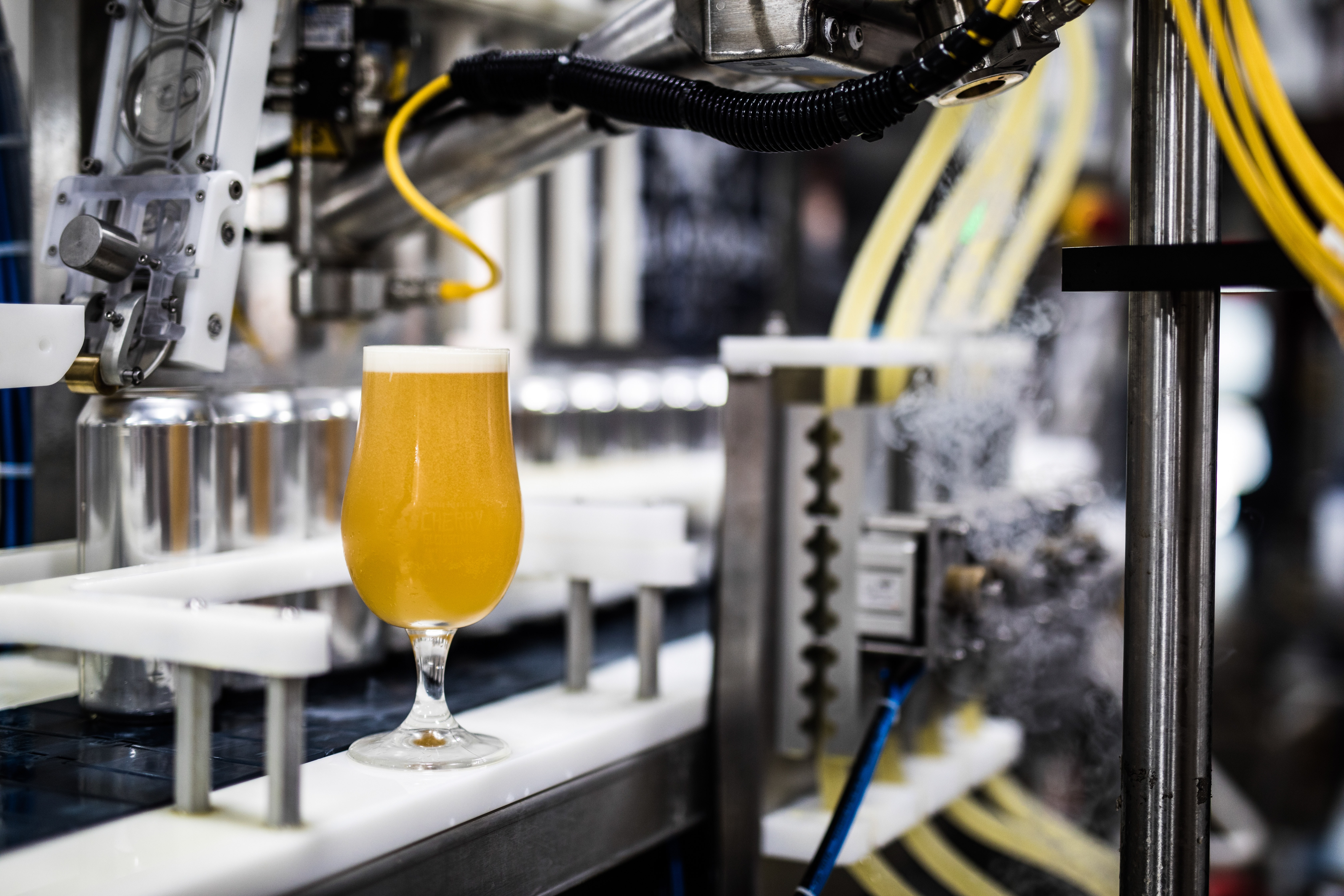
Plastic recycling wastewater composition
When it comes to the wastewater composition, I once again have to highlight that the employed method and the variety of other materials collected together with the plastic is crucial.
Storage and treatment conditions have a significant impact as well. However, since we need a baseline, our pollution estimations can be based on Amélie Santos’ work from 2005.
Utmost attention must be paid to the total dissolved solids (TDS) which can reach a concentration of 5 to 8g/L after the treatment. Chemical oxygen demand (COD), i.e. the organic pollution could also be taken into consideration. The paper suggests COD concentrations from 200 to 900mg/L, similar to concentrations in sewage water.
Now I will investigate what could be put in place in a WWTP in the plastic processing industry.
Removal of plastic pieces and plastic fibers
First of all, you need to keep in mind that the machine cuts the material in question into small flocks. Along with the wastewater, small parts of plastics, foils, caps, plastic fibers etc. might be released. The machines are equipped with screens for this very purpose.
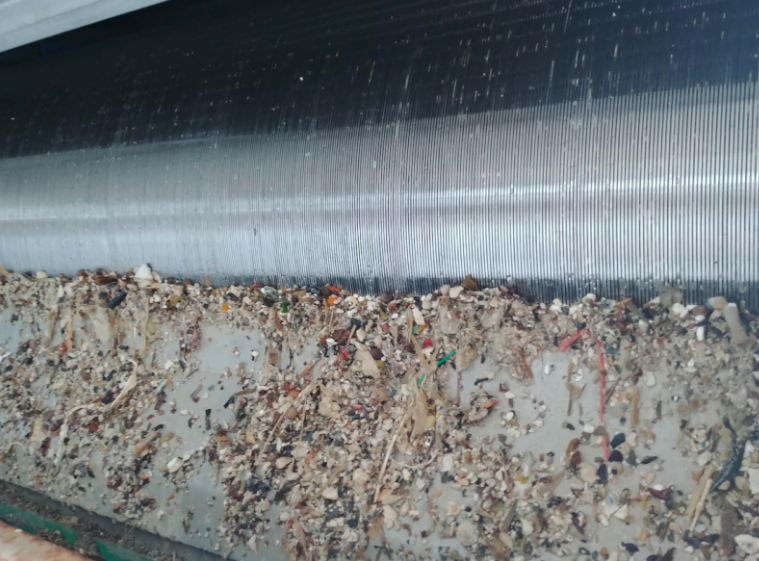
The first step might employ coarse screening with openings of 10 to 50mm. The retained material is usually highly polluted and destined to end up in a waste dump.
The second step should deploy a rotary drum screen with much thinner openings to retain any particles beyond 1 to 10mm.
Grit removal
Since the plastic waste travelled a long way through many places with different types of pollution, the machines need to deal with dust, sand, gravel etc. The next stage should comprise sand-based solid removal technology.
Sand catchers are sophisticated devices with very simple assembly. It is up to the investor which device he or she chooses based on its pros and cons.
We recommend using a device for the retained material and sand with press function to partially dewater the grit. Afterwards, the grit can be easily handled and stored.
The core of the technology
The core of the technology is a device for separation of insolubles. A regular sedimentation or a sedimentation with plates can be designed for its lower space requirements.
Floatation is also an option, with the advantage of sludge density control, and thus its reduction.
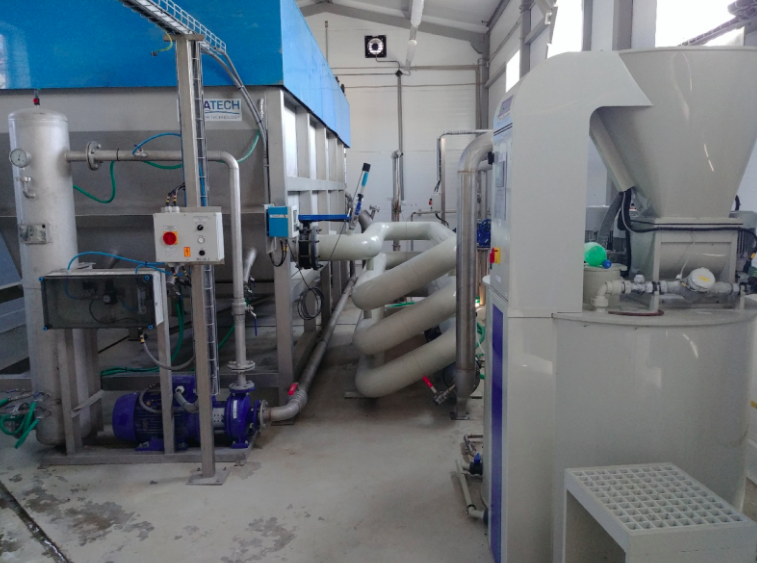
All these devices necessarily need chemical dosage.
The first group of chemicals consists of coagulants and flocculants which transform the insoluble materials into compact flocks, and hence improve their properties and enhance the separation process.
The second group comprises acids and alkalis to modify the pH-values. This step is crucial to decrease the range of pH-values to fit in a narrower interval of the flocculant.
After such treatment, the water with 90% of insoluble materials and 30% of organics (COD) removed can be discharged into public sewage.
Pre-cleaned water can be reused in recycling machines, saving operational costs for the purchase of new freshwater (so-called Zero Liquid Discharge).
However, if the applied sewer rates are too high or there is no connection to the sewage network, the wastewater can be further processed and cleaned to such extent which allows the operator to discharge it into rivers. The most common method of post-treatment is biological aerobic treatment.
Sludge processing
The last topic which needs to be covered is sludge management. Sludge is a by-product of sewage treatment with the contents of the removed insolubles. Its quality depends on the technology employed (e.g. sedimentation, flocculation etc.)
Sludge concentration can constitute 10 to 60 g/L. Such liquid material can be disposed of by means of export. The disadvantage is its large volume. In practice, another device is usually used to dewater the sludge, reducing its concentration to 150-300 g/L and making it a solid material.
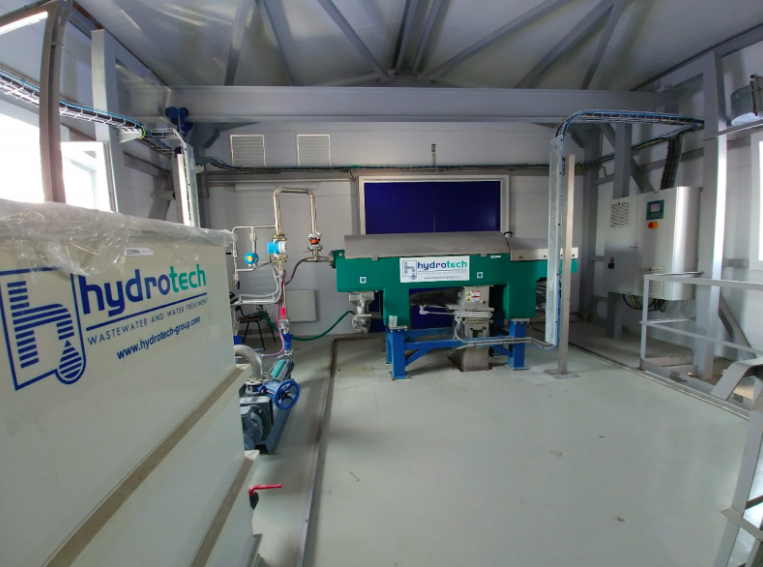
To have a better idea of the quantity, the approximate production of insolubles per ton of processed plastic amounts to 22kg. This means that processing 100t of plastics per day produces 2.2t of insolubles. This represents about 145-40m³of liquid sludge or 11m³ of sludge dewatered with separator, belt press, or using other technologies.
Summary
Plastic recycling machines produce wastewater during the treatment. Its main components are total dissolved solids with concentrations of 5 to 8 g/L. The primary technologies used in wastewater treatment plants should comprise screening, sand catcher, flotation or sedimentation, and a technology to thicken the produced sludge.
Thank you for finishing this article. Feel free to use our contact form to contact us.

By: Ing. Matúš Palguta, Chemical Tech
More articles
Design works has begun on a giant project of WWTP for a brewery
Hydrotech has implemented quite a few wastewater treatment plants for breweries. That is why we were awarded a new project for a brewery with...
